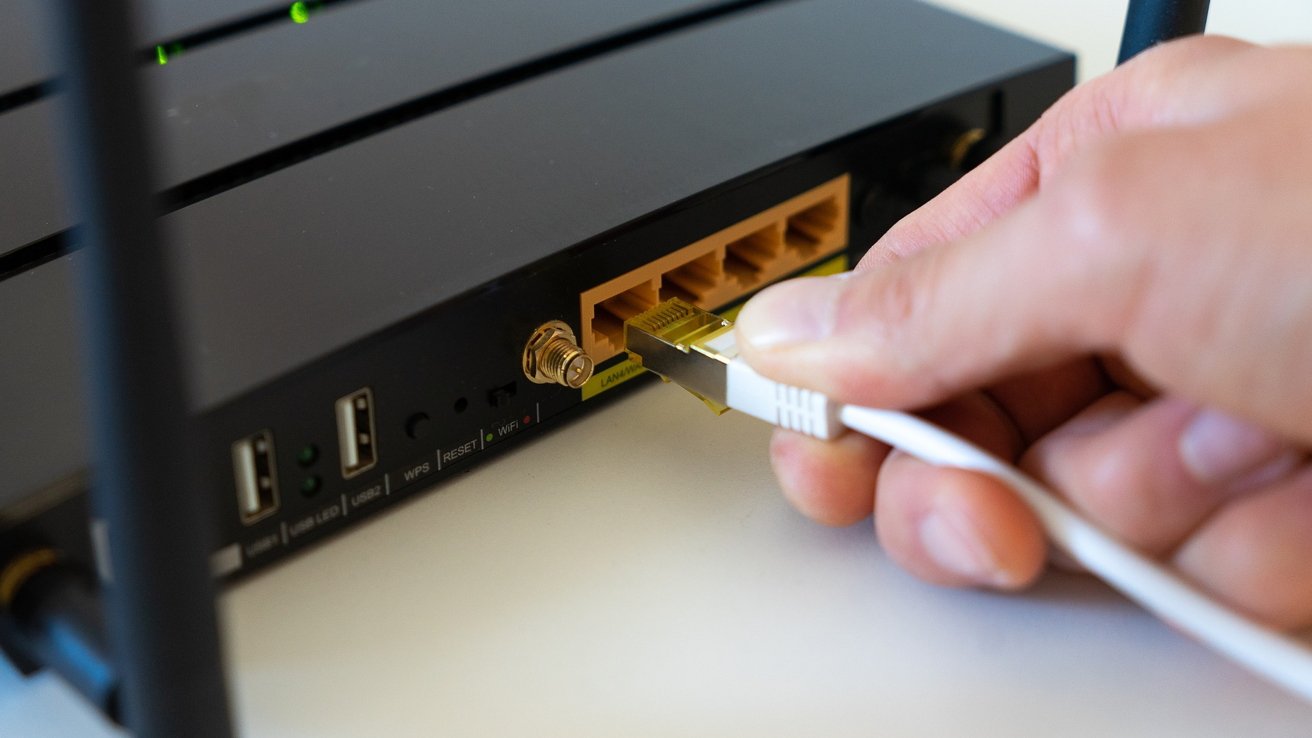Your next Wi-Fi router could be a light bulb thanks to the new LiFi framework
LiFi has been around for quite some time, but it hasn't quite hit the same household name status as WiFi. That may change now that it has an industry standard.

LiFi could let us ditch the aging antenna covered router
One major milestone for any product is getting it out into the wild and not just into the homes of people building it. That's certainly the same for LiFi, which Apple experimented with all the way back in 2016 for future iPhone models.
While Apple may or may not do anything with LiFi, the industry around it has something to celebrate. On July 12, global LiFi technology firms Fraunhofer HHI and pureLiFi helped usher in the release of IEEE 802.11bb.
With this newly recognized framework, it is a standard that can sit comfortably next to IEEE 802.11 WiFi.
The IEEE 802.11bb standard defines a couple of different things. First, system architectures, and second, physical layer specifications for wireless communication that utilizes light waves instead of radio frequencies.
With this new milestone reached, it means LiFi can use this foundation to help find a better footing for consumer support and widespread adoption.
Nikola Serafimovski, pureLiFi's VP of Standardization, had this to say on the moment:
"The release of the IEEE 802.11bb standard is a significant moment for the wireless communications industry. Through the activity of the 802.11bb task group, LiFi attracted interest from some of the biggest industry players ranging from semiconductor companies to leading mobile phone manufacturers. We worked with these key stakeholders to create a standard that will provide what the industry needs to adopt LiFi at scale. I would like to thank the support of Tuncer Baykas as Vice-Chair, and Volker Jungnickel as technical editor for helping make this process so successful."
LiFi is a wireless technology that relies on light waves, rather than radio frequencies, to transmit data in an area. LiFi is designed to offer up even faster data transmissions, along with even more reliable connections and better security than existing wireless technologies like WiFi.
Both pureLiFi and Fraunhofer HHI have been at the forefront of developing LiFi, including forming an 802.11bb Task Group to help with that effort. These companies believe that with this new standard in place, interoperability between LiFi equipment, and even WiFi options, should be commonplace at some point in the future.
Read on AppleInsider

Comments
Other forms of communication exploit other mediums and science including magnetism with inductive couplers, pressure waves, i.e., sound, through solids, water, and gas, sonar used for Morse code, underwater telephone that modulates voice communication on a carrier frequency, voice tubes to communicate between the ships bridge and the engine room, sound powered telephones, smoke signals, semaphore flags, etc. There has even been studies done to examine the use of plumbing water pipes for communication. We're all familiar with power line modems that modulate signals on top of your home electric wiring to span communicate using modems between locations where running an ethernet cable is too difficult or costly to run. I'm assuming a similar modem based strategy could be used to turn your existing light fixtures into access points for LiFi.
Of course there are also communication techniques that take a hybrid or multi-media approach to span different communication mediums, for example, the use of laser to sense the physical (sound) vibrations imparted on the window glass of a supposedly secure room to remotely detect what those in the room are talking about.